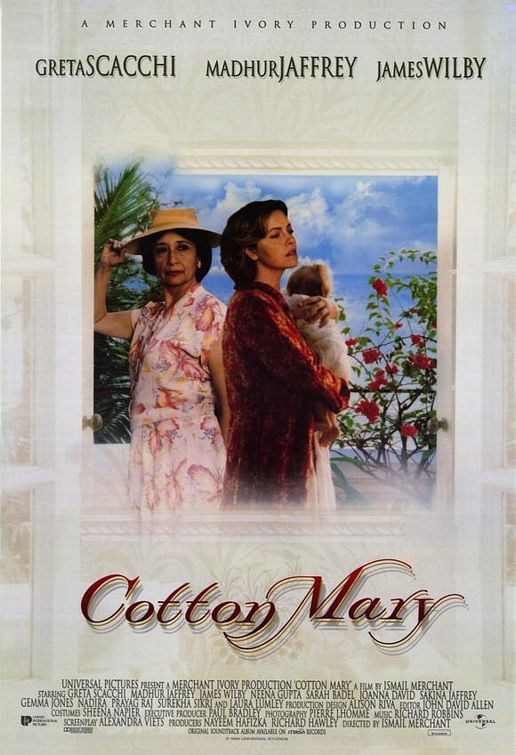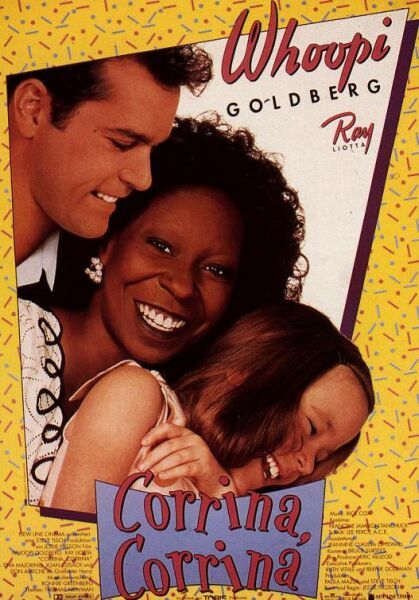"Stifling Atmosphere"

| None | Light | Moderate | Heavy | |
|---|---|---|---|---|
| Language | ||||
| Violence | ||||
| Sex | ||||
| Nudity |
What You Need To Know:
Besides evoking intense insanity, the movie has quite a bit of upper female nudity, both breast-feeding related and sexual. Also, the fact that Cotton Mary is depicted as a devout Christian is depressing. This devotion probably has more to do with Mary’s desire to be white than anything else, but it is but another example of the preposterous and widely held belief that Christianity is the “White Man’s Religion.” So if you’re looking for an evening of weirdness, discomfort and depression, see it. If not, you will have demonstrated excellent media wisdom.
Content:
(HH, AbAb, C, L, V, SS, NN, A, D) Anti-Christian, humanist worldview with some Christian prayers, plus a very depressing portrait of the caste system in India & the fruit of British Colonialism; 1 obscenity & 2 exclamatory profanities; threat of a baby dying; fornication; overt upper female nudity in breast feeding, fornication & dancing; drinking, and, smoking.
More Detail:
Ismail Merchant and James Ivory revived the parlor drama genre with atmosphere laden character studies based on famous novels, such as A ROOM WITH A VIEW, HOWARD’S END and REMAINS OF THE DAY. Their new movie, COTTON MARY, cuts a little bit closer to home since Ishmael Merchant is an Indian who perfected his filmmaking craft with his Anglophile productions.
COTTON MARY is about an Anglo-Indian who fits neither into the Indian world nor the Anglo world. As one of the characters says, “The Anglo-Indians have all the worst traits of the Indians and all the worst traits of the English.” Mary wants desperately to be recognized in English society and, regrettably, is willing to destroy everything to get that recognition.
This depressing plot line is intensified by an atmosphere so thick that it stifles the story and the audience. True, this atmosphere reflects aspects of Indian life well, including British colonialists, their Christian faith and the Indians who aspire to be like their masters. The viciousness of the attack on this oppressive situation transcends moral outrage and goes over the top into an intense insanity which disorients even the viewer. This disorientation is aggravated by the lack of a defining redemptive moment, no hope and no real escape.
In the first half-hour of the movie, the plot seems a bit strange, but nothing outrageous. Set in post-colonial India of the 1950s, the movie opens with a forlorn British woman, Lily Macintosh (Greta Scacchi), giving birth prematurely to a little baby girl. Regrettably, Lily is unable to breast-feed her baby, and the baby almost dies. Finally, an old Anglo-Indian nurse, Cotton Mary, persuades Lily to let her take care of the infant. Cotton takes the girl on the ferry to the broken down area of town where the Anglo-Indians live. This group has been abandoned by the English and shunned by the Indians. They are overjoyed at the prospect of taking care of a white baby.
Up to this point, the movie seems to have quite a few moral moments: Cotton Mary often prays and makes quite a show of her Christianity. However, all too soon it becomes clear that Cotton Mary is a psycho-ambitious nutcase desperately trying to pass herself off as a white and willing to destroy everyone in her path to achieve her goal.
However, it’s not only Cotton Mary who is insane. So is the mother, Lily: a confused, moody, depressed and easily convinced women wrapped up in her own little world of longing for England. So too the father: a reporter with the BBC who manipulates people for a story and cavorts with his mistresses on the side. In fact, the entire Indian culture also comes off as a bit crazy, obsessed with pleasing and appeasing the whites in the hopes of leaving their poverty-ridden state. By the time the audience discerns all of this, they may be questioning their own sanity.
Besides all this lunacy, the movie also has quite a bit of upper female nudity, both breast-feeding related and sexual. Also, the fact that Cotton Mary is depicted as a devout Christian, for whatever reason, is depressing. This devotion probably has more to do with Mary’s desire to be white than anything else, but it is but another example of the preposterous and widely held belief that Christianity is the “White Man’s Religion.” For anyone still desperately clinging to that provincial notion, it might crush you to learn that there are more Christians in Africa than in all of North America. Not to mention the fact that Christianity began in the Middle East and that Jesus was a Jew.
Enough preaching. Cotton Mary is the story of a maniacal, ambitious Anglo-Indian woman who destroys everyone in her path to achieve recognition as a white. So if you’re looking for an evening of weirdness, discomfort and depression, see it. If not, you will have demonstrated excellent media wisdom.



 - Content:
- Content: 



